Junkyard Find: 1978 Plymouth Horizon

Yesterday’s Junkyard Find was one of the better-known examples of the Simca-based “Omnirizon” platform, and you still see 80s Dodge Chargers here and there. What you won’t see often is today’s Junkyard Find, a first-year Plymouth Horizon. I found this one languishing in a Denver self-serve junkyard.
This car was the first true subcompact car Chrysler ever built in North America, and it (along with its Dodge sibling, the Omni, and the French-market Talbot/Simca Horizon) was a big hit on both sides of the Atlantic. Prior to the Omnirizon, the only subcompacts sold by Chrysler in the United States had been rebadged Mitsubishis, Hillmans, and Simcas, all built overseas.
The Plymouth Horizon was an Americanized version of a Chrysler of Europe design, and it wasn’t any more miserable to drive than other front-drive subcompacts of the late 1970s (e.g., the Ford Fiesta, Volkswagen Rabbit, Datsun 310). If that sounds like faint praise, remember that expectations were lower during the depths of the Malaise Era.
The ’78 Horizon listed at $3,976, which was actually 200 bucks more than a new Plymouth Volaré two-door (but $250 less than a new Rabbit). With gas prices and inflation soaring year after year, however, the gas-sipping Horizon looked like a good deal next to the much thirstier (and not much roomier) Volaré.
You see some odd little luxury touches in this otherwise minimalist econobox. Look, “wood” on the glovebox door!
The Omni, Horizon, and their L-body variants continued production in the United States until 1990. By that time, the mid-70s-ness of the design had become a bit embarrassing for Chrysler.

Murilee Martin is the pen name of Phil Greden, a writer who has lived in Minnesota, California, Georgia and (now) Colorado. He has toiled at copywriting, technical writing, junkmail writing, fiction writing and now automotive writing. He has owned many terrible vehicles and some good ones. He spends a great deal of time in self-service junkyards. These days, he writes for publications including Autoweek, Autoblog, Hagerty, The Truth About Cars and Capital One.
More by Murilee Martin
Latest Car Reviews
Read moreLatest Product Reviews
Read moreRecent Comments
- SCE to AUX Range only matters if you need more of it - just like towing capacity in trucks.I have a short-range EV and still manage to put 1000 miles/month on it, because the car is perfectly suited to my use case.There is no such thing as one-size-fits all with vehicles.
- Doug brockman There will be many many people living in apartments without dedicated charging facilities in future who will need personal vehicles to get to work and school and for whom mass transit will be an annoying inconvenience
- Jeff Self driving cars are not ready for prime time.
- Lichtronamo Watch as the non-us based automakers shift more production to Mexico in the future.
- 28-Cars-Later " Electrek recently dug around in Tesla’s online parts catalog and found that the windshield costs a whopping $1,900 to replace.To be fair, that’s around what a Mercedes S-Class or Rivian windshield costs, but the Tesla’s glass is unique because of its shape. It’s also worth noting that most insurance plans have glass replacement options that can make the repair a low- or zero-cost issue. "Now I understand why my insurance is so high despite no claims for years and about 7,500 annual miles between three cars.



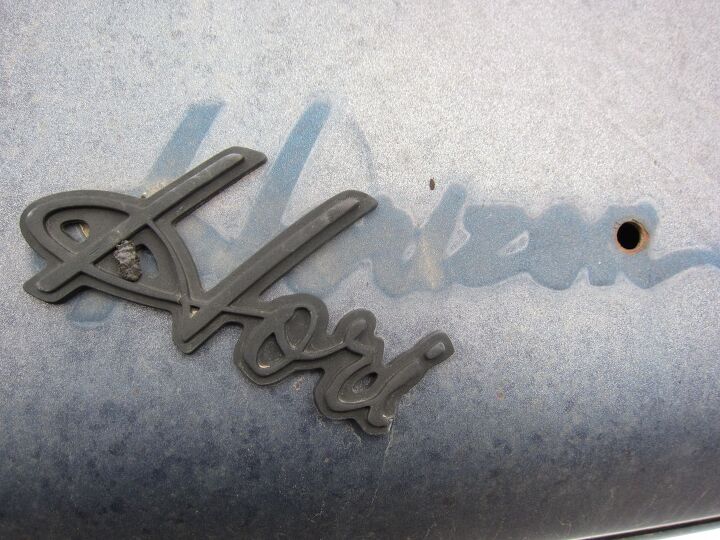


























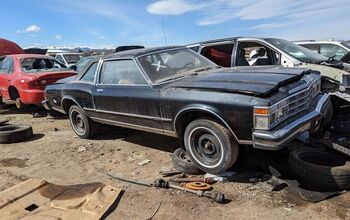
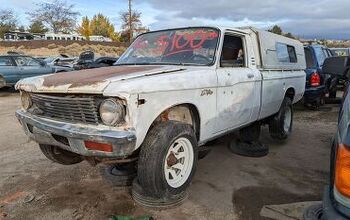

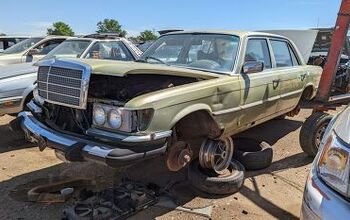
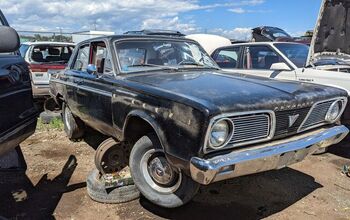













Comments
Join the conversation
Murilee, In which Denver junkyard did you find this little diamond in the rough??? ;) In all seriousness, I'm interested in purchasing some of the remaining chrome trim from this car for a restoration project. So if you could let me know where you found it, that would be awesome. Thanks!
I find the Omni/Horizon very interesting. It was so unlikely that the US Chrysler Co. would want a basically European small car for their own, yet that's what happened. Had I lived in the US in the malaise era, and had I only a small amount of money, the Omni is exactly what I would have owned. Maybe I'm sick in the head, but it seems like it would have been a fine city car.